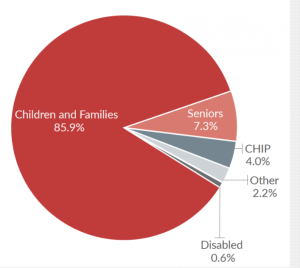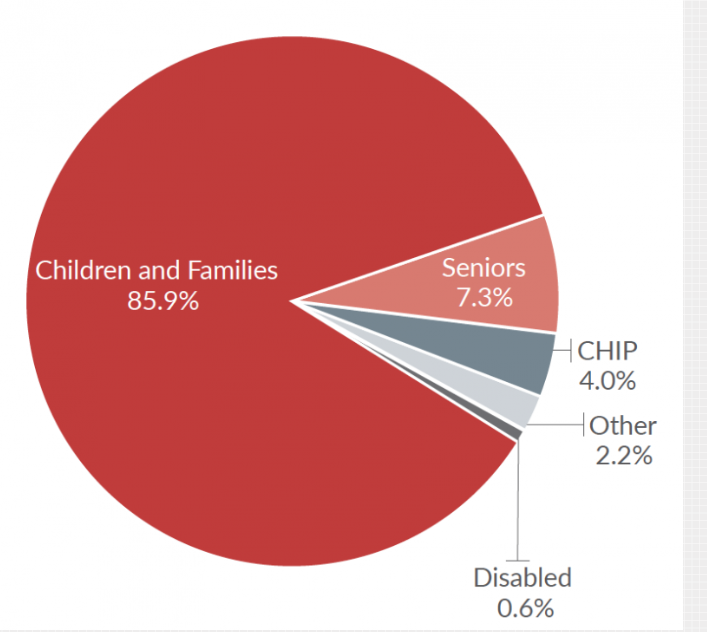
By Scott C. Brunner, M.A.
Topeka –Medicaid and the Children’s Health Insurance Program (CHIP) serve roughly 425,000 Kansans at a cost of more than $3.2 billion. In 2013, the state of Kansas began operating Medicaid through a program called KanCare.
The Kansas Health Institute has released an issue brief describing the enrollment trends through the second year of this program.
Overall, the KanCare population grew faster in 2014 than it did in 2013—with children and families accounting for 85.9 percent of the total KanCare enrollment increase between the two years. CHIP enrollment accounted for only 4.0 percent of the total KanCare enrollment increase in 2014—a stark change from 2013 when it accounted for nearly all of the growth.
“The increased enrollment numbers for children and families in Medicaid are significant as we analyze the first two years of KanCare,” said Scott Brunner, M.A., Senior Analyst and Strategy Team Leader.
“The surge in enrollment for this eligibility group is likely a result of policy changes occurring before the implementation of the Kansas Eligibility and Enforcement System (KEES), reductions in eligibility for cash assistance, and changes in CHIP and Medicaid eligibility.”
Looking back at growth in Medicaid and CHIP enrollment from before the implementation of KanCare shows that total enrollment has increased 36.8 percent since 2009 (308,821 in 2009 to 422,562 in 2014).
Enrollment over this same time period has increased 51.3 percent for children and families in Medicaid (162,403 in 2009 to 245,702 in 2014), and 41.8 percent for children in CHIP (39,132 in 2009 to 55,496 in 2014).
The Kansas Health Institute will continue to monitor enrollment and expenditure trends through the third year of the KanCare program as additional data become available.
